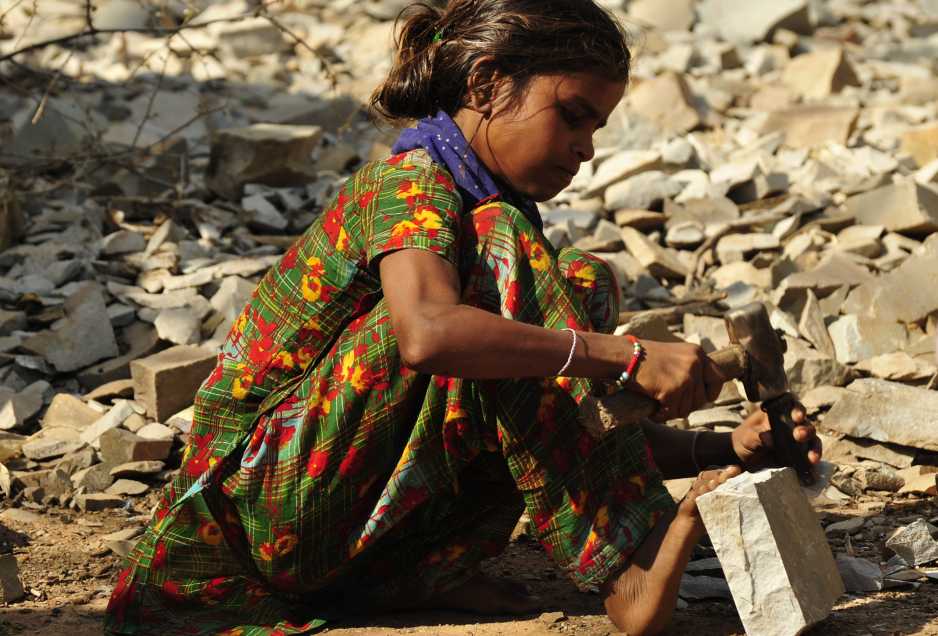Definition Child Labour
The term “child labor” is used very differently depending on the context, which is why a clear definition is very important.
Child laborers are children who work regularly for several hours. Clearly distinguishable from this is the “exploitative child labor”, which includes the following points:
- all forms of forced labor, bondage, serfdom and slavery;
- the abuse of children e.g. Prostitution, pornography, drug trafficking, child soldiers
- and any other work that endangers children’s health, safety or morals. These include u. a. also the heavy work in quarries.
You have to differentiate between (1) leight tasks, for example in the household (which do not prevent school attendance), (2) legal employment of young people and (3) exploitation of children.
For legal (non-exploitative!) employment (2), most states have set a legal age between 14 and 16 years. In Germany, the minimum age is 15 years with some exceptions for light jobs – newspaper delivery is also allowed for younger adolescents, for example. In aid organizations, a simplified definition of child labor is used, which also follows XertifiX:
“A person under the age of 15 who is not allowed to go to school because s/he has to work.”
The worst forms of child labor are then referred to, even if they are harmful to health and exploitative (there are programs of relief organizations). According to ILO Convention 182, this form of child labor (3) is prohibited for anyone under the age of 18 in almost all countries worldwide.
Current International Labor Organization (ILO) numbers (2020): Worldwide 160 million children between 5 and 17 years are in employment. Almost half of them, 73 million, work in hazardous child labour.
Legal bases and explanations are:
Please refer: International Labour Organization (ILO) about child labour
Please refer: ILO-Initiative “Music against Child Labour”
